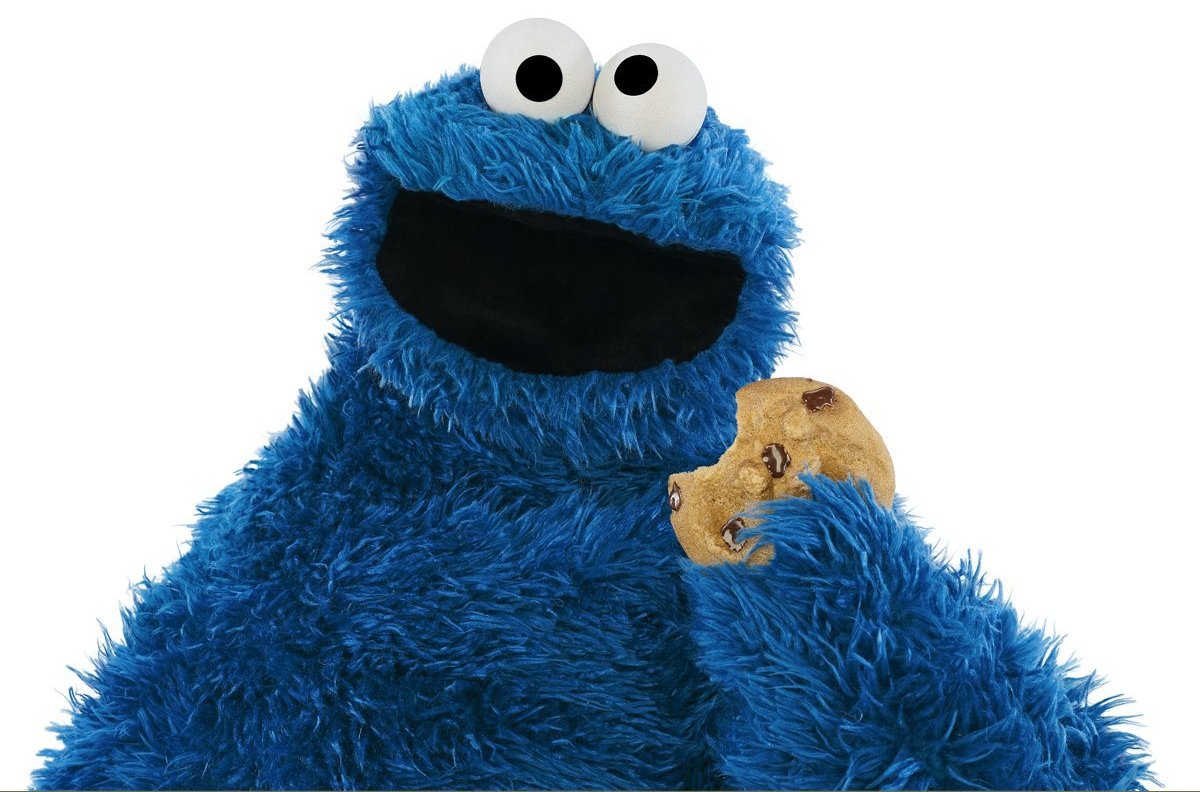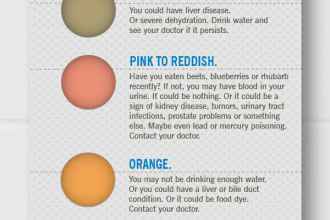Popular culture is littered with examples of characters on the rampage for food. Cookie Monster spends his days stuffing his face with any cookie he can get his shaking hands on, Shaggy and Scooby regularly subject themselves to spooky shenanigans for Scooby Snacks, even Popeye’s best friend Wimpy obsesses about hamburgers from the moment he wakes. And it’s not just animated cartoon characters that are driven insane by food cravings; who can forget the Secret Lemonade Drinker who crept downstairs at night in his pyjamas to drink lemonade from the fridge, or the Honey Monster and his friends running amok yelling ‘I Want My Honey’.
Animated or not, we all need to eat and I’d be lying if I said I never have cravings. When it comes to banishing them I’ve tried it all; willpower, distraction, aversion therapy, even hypnosis, but I have never managed to conquer my cravings. There are a number of theories for why we crave foods. The three most common are lack of essential nutrients, unbalanced blood sugar levels and food intolerance. Here are some tips on how to decode them and keep them at bay.
-
Lack of essential nutrients
One theory is that when your body craves certain foods it is actually looking for nutrients. This may seem obvious to those of us who have craved chicken soup or oranges at the onset of a cold or hot buttered toast after a couple of days on a high-protein diet but surprisingly, exploring the physiological basis of food cravings is a new area of research and the findings are controversial.
Could you be nutrient deficient?
All of us are guilty of eating a nutrient-poor diet from time to time, stress, lack of sleep, pregnancy or grief can all affect our food choices. In times of stress and exhaustion we often reach for carbohydrate or sugar rich comfort foods at the expense of protein. This can unbalance our blood sugar and contribute to low levels of amino acids, both of which can affect cravings and moods.
Solution: Eat more nutrient dense foods
Identify what you are craving and start to reduce them in your diet. I won’t pretend this is easy; you will likely go through a withdrawal process. The good thing is you’ll only have to do this for about two weeks. In the meantime, load up on nutrients to help curb the cravings. Below is a guide to help you decode your food cravings and healthy foods to replace them with.
Crave chocolate: You could be lacking magnesium, a mineral present in more than 300 chemical reactions that keep your body working properly! To say magnesium is important is an understatement. If you find yourself dreaming more about chocolate than your beau, add leafy greens, nuts, seeds and fish to your diet.
Sugary, sweet foods: Sugar seems to be the food most people struggle with. Animal and human experiments indicate sugary foods, especially when combined with fat cause your body to release ‘feel good’ endorphins which may trigger the same reward and pleasure centres as cocaine and heroin. To add insult to injury, sugary foods also displace the nutrient-rich foods that actually supply us with enough dietary amino acids we need to stave off cravings. Sugary foods can signal a lack of chromium, carbon, sulfur or tryptophan. Add more foods like chicken, cheese, broccoli, grapes, nuts and vegetable to your diet.
Breads and Pasta: You could be deficient in nitrogen, choose dark green leafy vegetables like kale and collard greens, nuts and seeds
Oily foods: You could be low in calcium. Again, leafy green vegetables broccoli, asparagus, mustard greens, kale, figs, plums and dates are the best sources to increase calcium and stave off cravings.Or your body could be asking for more calories, opt for avocados, almonds and coconut oil.
Salty foods: Athletes and highly stressed individuals often crave salt which can indicate low levels of chloride or silicon or low adrenal function. Good sources of chloride include tomatoes, celery, lettuce and seaweeds, whilst cashews, nuts and seeds are great sources of silicon.
Carbonated drinks: your body may be lacking calcium. Increase dairy products and dark green leafy green like spinach and kale for good measure.
It’s best to get your nutrients from food where possible but for those times where you need a little extra support try B complex with meals, B6 is needed to make serotonin, a neurotransmitter that keeps cravings at bay and makes you feel happy. Amino acid L-tryptophan found in small quantities in turkey meat and milk also helps reduce carbohydrate cravings, you’d want to take about 500-1500mg per day, but steer clear of this stuff if you’re taking antidepressants, the two don’t mix! Amino acid L-glutamine also known as GABA and D-phenylalanine can stop sugar, carbohydrate and alcohol cravings. Supplement with 500mg 3-4 times per day depending on craving intensity. A nutritional therapist can check your individual nutrient status and adrenal function and recommend a diet tailored for you.
-
Unbalanced blood sugar levels
Mood has a lot to do with what you crave and stress exacerbates this. When you’re stressed, your body wants comfort food because cortisol, a hormone, raises sugar levels in the blood, increasing your hunger. When we eat processed carbohydrates and sweets that have a high glycaemic load (GL) our body turns it into sugar and it gets released into our blood stream quickly. The body reacts by secreting insulin to level out this high blood sugar level. Too much or too little insulin causes spikes and lows in blood sugar, resulting in cravings.
Could you have unbalanced blood sugar?
If you regularly suffer from fatigue, intense cravings, headaches, foggy thinking and mood swings, anxiety and skin breakouts your blood sugar may be unbalanced.
Solution: Avoid high glycaemic foods and anchor carbohydrates with proteins
Replacing high GL processed foods with healthier foods that have a lower glycaemic value will stabilise blood sugar levels. Foods to focus on include; apples, pears, broccoli, celery, peppers and cucumbers. Almonds, cinnamon, turmeric, green tea and fresh green juices help regulate blood sugar levels. Oatmeal, avocado, black beans, lentils and organic peanut butter keep you fuller longer, reducing cravings. Foods to reduce include; sweets, bread, cereals, chips and deep fried foods and fruit juices. Eating the right amount of protein and anchoring carbohydrates with protein and fats also keeps blood sugar stable, staving off cravings. Work out how much protein you need per day https://www.proteinsmart.kashi.com/#/calculator. Prioritise sleep and try to manage stress, sleep deprivation and stress increase cortisol which raises blood sugar and insulin production and can stimulate cravings.
If you need a little extra support: Fish oil eliminates carbohydrate cravings and enhances insulin sensitivity, you’ll need about 100-250mg daily. Resveratrol found in red wine and grapes, is also known to improve insulin sensitivity; you’ll need about 100mg per day. Your GP can test your blood sugar levels.
-
Food intolerance
If you don’t think your food cravings are down to a nutrient deficiency and you don’t have any symptoms of blood sugar imbalance, there’s a chance you could be intolerant to the foods you crave. Surprisingly it’s common to crave the foods we’re intolerant to. Statistics from Allergy UK, indicate around 45 per cent of the UK population suffers from a food intolerance at some point. A group of the eight major allergenic foods, often referred to as the Big-8 includes milk, eggs, fish, shellfish, tree nuts, peanuts, wheat and soybeans.
Could you have a food intolerance?
If you often feel bloated or suffer from fluid retention, IBS, diarrhoea, eczema or other skin related conditions, asthma and wheezing, headaches, migraine or depression you could have a food intolerance. Consider how often you eat these; chances are it’s surprisingly regularly as milk, eggs and wheat are often hidden ingredients in many foods.
Solution
You know your body best, a DIY elimination diet should help identify suspected culprits. Simply avoid them for two weeks and then reintroduce them, one by one, every 3 days, to discover which ones are causing the reaction. Keep a note of symptoms in a food / mood diary. Note how you feel physically and mentally when you avoid certain foods and whether symptoms reappear when these foods are reintroduced. This takes discipline but it’s the most effective and cheapest way I know. Alternatively speak to a nutritional therapist about intolerance testing.
Unfortunately there isn’t a simple answer to why we have food cravings and everyone is different. The trick is to observe how your body reacts. Life is about balance, I strive to live by the 80/20 rule, if I can eat well 80% of the time, I’m happy with that, after all, life is short and a little of what you fancy does you good. It’s taken me a long time to realise it’s not about kicking food cravings for good; it’s about creating a healthy, life-long relationship with food.
Shani Shaker BA (hons), dipION, mBANT, CNHC, is a registered nutritional therapist with a focus on regenerative and functional nutrition, disordered eating, addiction and mental health. Based in London her services include one-to-one coaching, group classes and Skype sessions. Contact her at [email protected]
Disclaimer: The information provided is intended for your general knowledge only and is not a substitute for professional medical advice or treatment for specific medical conditions. Please consult your healthcare provider with any questions or concerns you may have regarding your condition. Supplementation should only be temporary. If you’re eating a nutrient-rich diet, extra supplementation should only last for a month or two, just long enough to resolve the deficiency.




